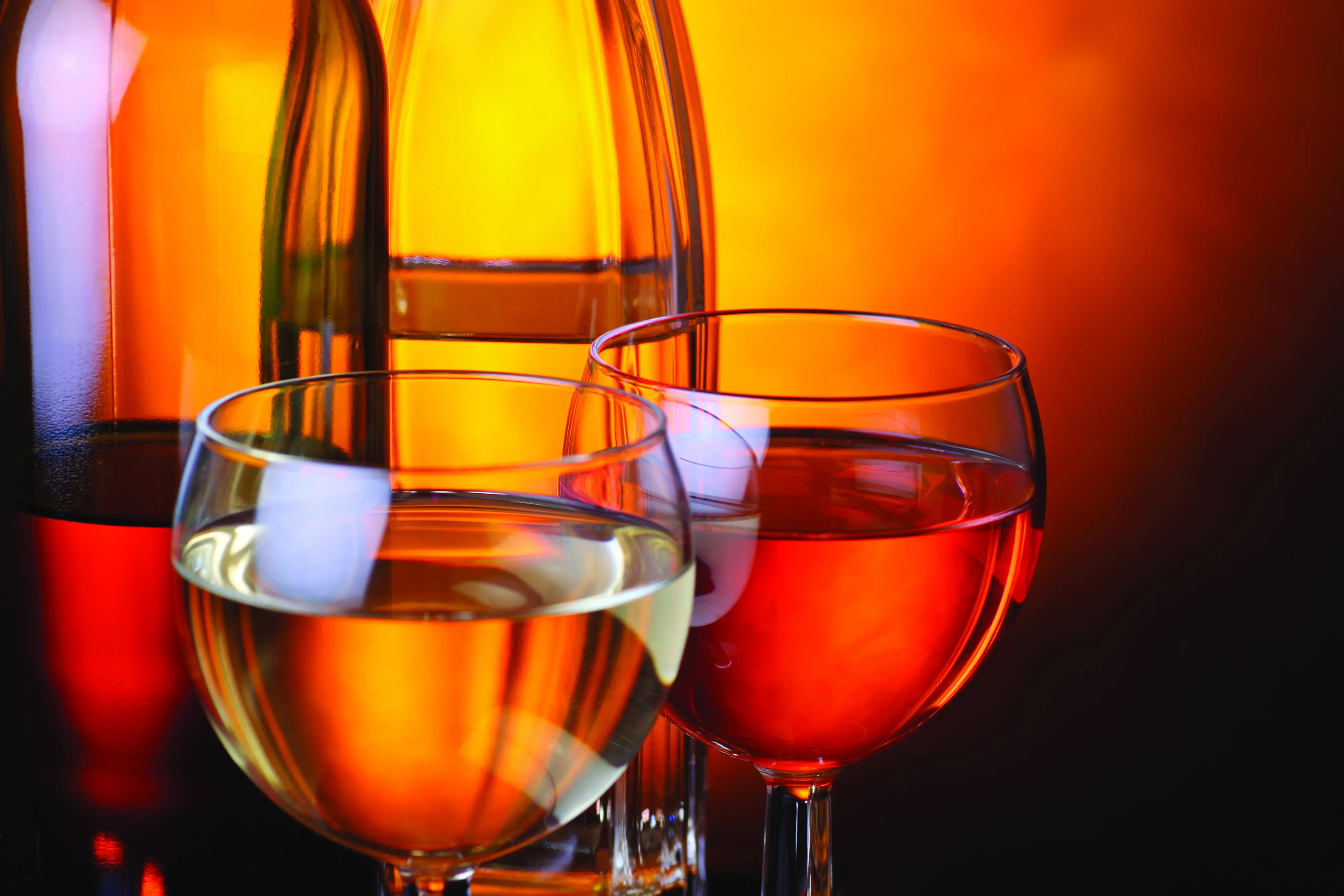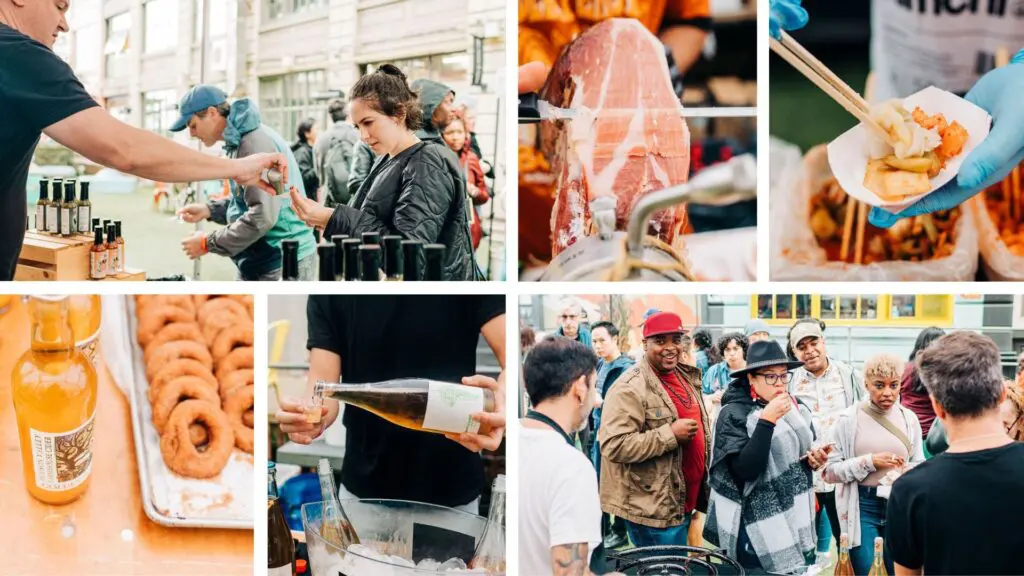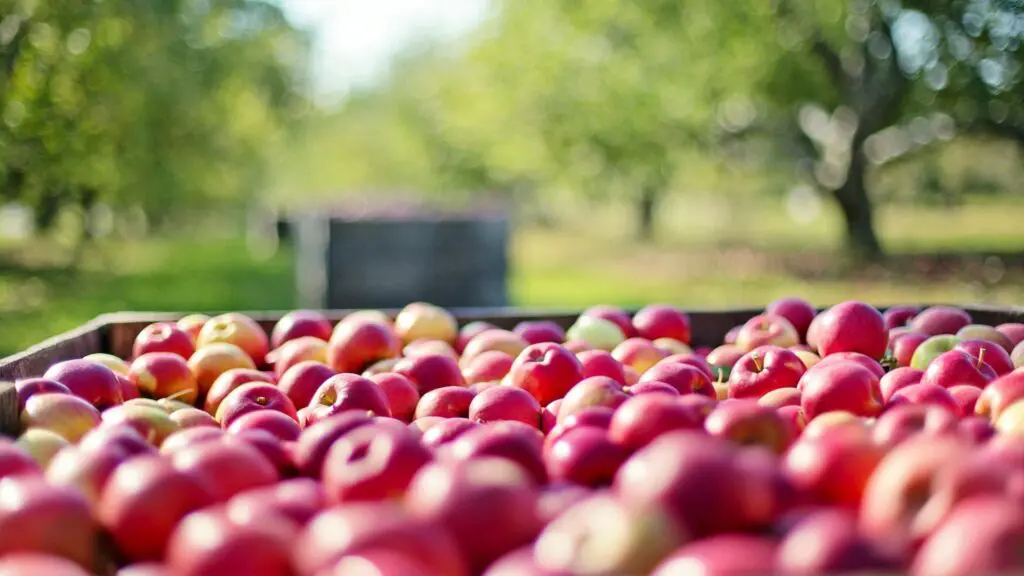By Eric West
It’s a great time to be a cider drinker. Cider is gaining shelf space at shops and markets and is appearing on bottle lists and taps at restaurants and bars.
The dizzying array of choices can be thrilling to some. But the cider purchasing experience can just as easily be intimidating or frustrating to others.
Can you judge a cider by its bottle? Perhaps not, but here are a few guidelines to help you narrow your search and determine the cider of your dreams, if only for one pint.
ROCKIN’ IN THE NEW WORLD
Cider makers in the United States, Canada, Australia, New Zealand and South Africa are free to innovate because they are not bound by centuries of established cider making tradition. If the product meets the legal definition of cider in its country of origin and can be sold at a reasonable profit, the sky is the limit.
Yet this lack of tradition in the New World makes it difficult for cider drinkers to know what’s inside the bottle. Compare this to the worlds of beer and wine. Beer drinkers recognize the difference between pale ale and stout because there is general consensus about styles of beer. Wine drinkers recognize the difference between Cabernet Sauvignon and Riesling because there is general consensus about grape varieties that are best suited for wine.
But for cider, the conversation about style has barely begun. And cider is not typically made with a single variety of apple, or even with an established blend of apple varieties. So what’s a cider drinker to do?
Thankfully, it doesn’t require as much detective work as you’d think. The clue for most ciders produced and sold in the U.S. and Canada is to look at how they are packaged. The packaging of food and drink products is often an elaborate and sophisticated process that is frequently developed and perfercted through the emergence of new technologies such as those responsible for labeling and printing the packaging itself, seen here – https://www.ke-next.de/automation/automatisierungstechnik/leibinger-praesentiert-weltneuheit-auf-der-anuga-foodtec-2015-349.html. For those in the industry, the article is worth reading.
BREAKDOWN OF MODERN CIDERS
Ciders available in similar packaging as craft beer-12-ounce or 22-ounce bottles, 12-ounce or 16-ounce cans, and on draft-typically fall into the category of a modern-style cider. These ciders are produced in large quantities and sold at attractive prices, often in line with what you’d pay for craft beer. You’re likely to find modern ciders in convenience stores, supermarkets, casual restaurants and bars. Modern ciders are often refreshing and easy to drink.
Some modern ciders are made with apple juice concentrate, either from domestic or imported sources. Others are made with juice from commonly grown apple varieties such as Golden Delicious, Granny Smith, Gala, Fuji, McIntosh and Jonathan. These apples may be too blemished or misshapen to be sold in a grocery store, but they are ideal for making juice. The juice might be pressed from recently harvested apples, or the juice could be pressed from apples kept in refrigerated or controlled-atmosphere storage. In this way, modern ciders can be made year-round like beer.
Modern ciders can have an intense apple aroma and they will typically be medium-sweet to very sweet, even if the label claims the cider is dry or off-dry. Carbonation will often be medium to high, similar to what you’d find in beer. Yeast character is often unnoticeable, though ale yeasts can enhance the impression of fruit or spice in a cider. Alcohol content will almost always be below seven percent alcohol by volume. In most cases, the overall impression is of sweet apple juice, not of fermented apple.
Many cider makers use these ciders as a base to which they can add other flavors. Pears, apricots, cherries, peaches and various berries can be added to create a fruit cider, where hops can be added to create a hopped cider. Cinnamon, cloves, allspice, nutmeg and other spices can be added to create a mulled cider for a wintery take on infusion. The resulting ciders are often surprisingly interesting.
TRADITIONAL CIDERS IN LINE WITH WINE
Ciders available in similar packaging as wine-750ml bottles are standard but 500ml and 375ml bottles are also available-are often categorized as traditional ciders. Although often inspired by Old World cider customs, these ciders possess their own New World flair. Traditional ciders are usually produced on a smaller scale than modern ciders and command prices on par with many wines. You’re likely to find traditional ciders in specialty bottle shops, upscale restaurants and drinking establishments with a well-curated beer and/or wine selection. Traditional ciders often pair well with food and are typically more complex than modern ciders.
Some of the most exciting North American ciders are made with characterful apple varieties that have been proven to thrive in the various climates of the New World. Heirloom varieties that are especially well suited for cider production include Northern Spy, Baldwin, Roxbury Russet, Golden Russet, Esopus Spitzenburg, Rhode Island Greening, Winesap, Newtown Pippin, Winter Banana, Arkansas Black, Gravenstein and Wickson. European cider apple varieties such as Dabinett, Harry Masters Jersey, Yarlington Mill, Kingston Black, Ashmead’s Kernel, Calville Blanc d’Hiver and Medaille d’Or are also used.
Few of these apple varieties are grown in any great quantity; so small-scale cider makers often plant their own trees to ensure a steady supply. These farmstead traditional ciders are typically made just once a year, from apples pressed soon after the fall harvest, similar to a wine vintage. The art of blending different varieties to produce a balanced cider is of the utmost importance.
Few traditional ciders will be overtly sweet-bone-dry to off-dry is common, medium and semi-sweet less so. Apple aroma can range from subtle to easily detectable. Acidity is a necessity to keep the cider from being insipid, while tannin adds mouthfeel and complexity, even when present in only small amounts. Yeast character is often neutral and carbonation can range from still to sparkling, though most traditional ciders are less carbonated than modern ciders. Alcohol content is typically six to nine percent alcohol by volume. The overall impression is of an approachable but not overly austere beverage.
INTERPRETING THE IMPORTS
Many European ciders are still not widely available in most North American markets. But enterprising beer, wine and cider importers are bringing more shipments across the Atlantic all the time.
If you enjoy complex aromas and bold flavors, ciders from England, France, and Spain might be for you. While these cider making traditions are different from one another in many respects, they do share one important trait-Old World ciders typically use naturally occurring yeast that can be found on the fruit itself, on the milling and pressing equipment, and inside the fermentation vessels. This type of fermentation, referred to as wild or spontaneous fermentation, results in a markedly different flavor profile than cider made with yeasts that have been cultured in a laboratory.
To satisfy a sweet tooth that craves some complexity, look to the French-specifically ciders made in Normandy and Brittany. Most cider makers in France use a technique called keeving that arrests the fermentation process before the yeast can convert all the natural sugars to alcohol. These sparkling ciders are packaged in strong glass bottles topped with a cork and cage. Ciders labeled as brut are the driest, but will almost always be sweeter than dry ciders from other cider making regions. French ciders labeled as demi-sec or doux will be sweeter still. Typical alcohol content is three to five percent alcohol by volume.
For some dryness and more austerity, venture into the world of English ciders. As with French ciders, most English ciders use tannic apple varieties known as bittersweets and bittersharps that contribute a pleasant astringency and bitterness to the finished cider. The dominant aroma and flavor notes are often spice, smoke or, in some cases, barnyard. The mouthfeel will be similar to that of red wine and many bottled English ciders are still, but modest carbonation is also common. Since English ciders are fermented more fully than French ciders, the typical alcohol content will be higher, sitting somewhere between six and nine percent alcohol by volume.
For the curious cider imbiber, Spanish ciders made in the Asturias and the Basque country are worth a gander. Sour beer lovers in particular will find much to like in these racy, acidic libations. Traditional “sidra natural” is packaged in a 700ml green bottle with a visible layer of sediment resting at the bottom. Unwary drinkers often try sidra natural and immediately turn up their noses. But when poured correctly-from as far above the glass as you dare and just a mouthful or two at a time-the vinegar vanishes and a refreshing cider emerges. Of note is that some of the best Spanish ciders available in North America are packaged in clear or brown bottles and will more closely resemble traditional New World ciders. Typical alcohol content is five to seven percent alcohol by volume.
Armed with these basic guidelines, you can now intelligently navigate the wide world of cider. Be adventurous, take notes on what you like and don’t like, and don’t be afraid to try something new!
Eric West is a certified cicerone and Beer Judge Certification Program judge. He also hosts the Cider Guide Podcast and directs the Great Lakes International Cider & Perry Competition.
This story originally ran in the current winter-spring print issue of CIDERCRAFT. To subscribe to the twice annual print magazine, click here.









